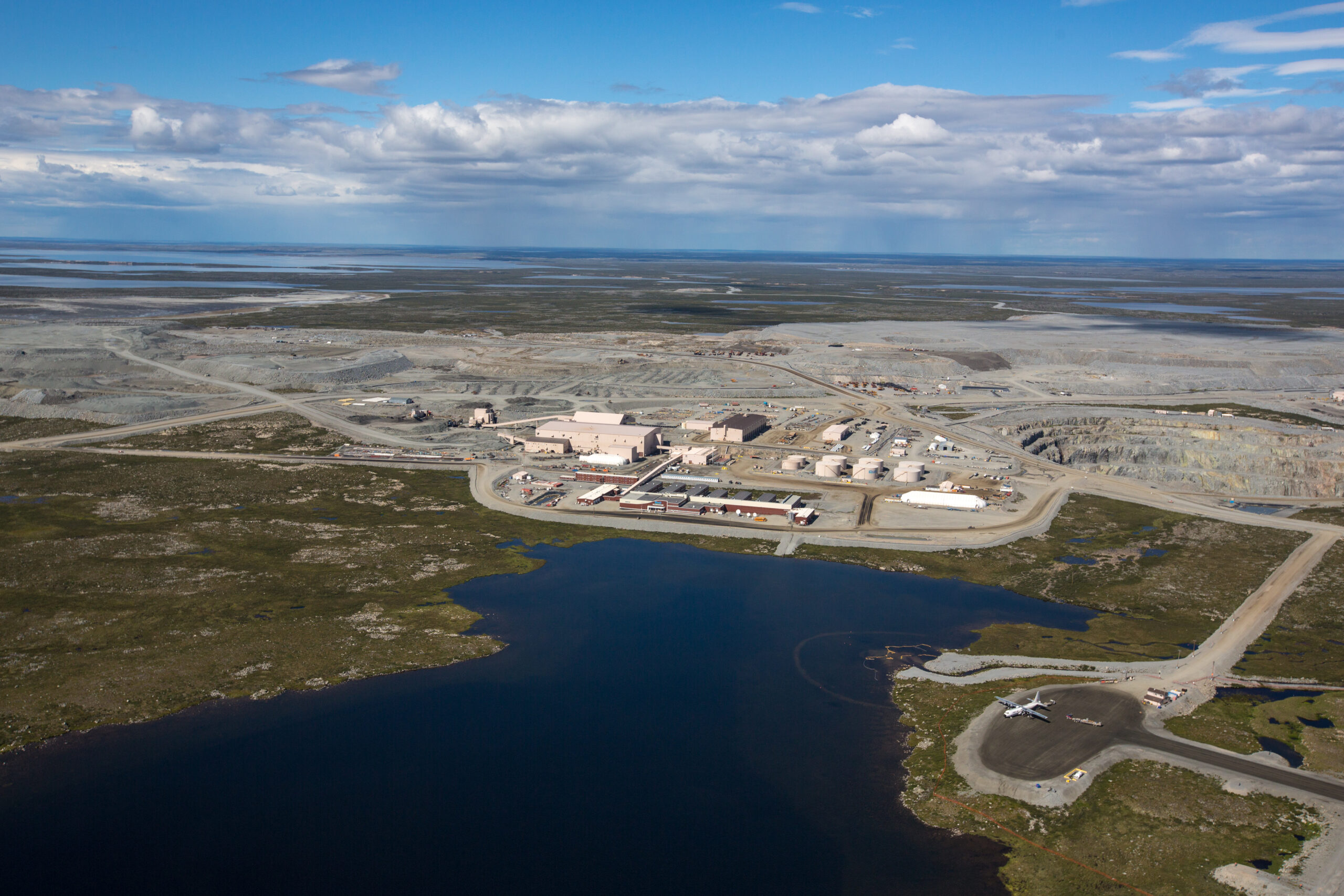With annual production of only 50-60 million carats of gem-quality diamonds for a global population of 8 billion, new diamond mines are extremely scarce. This supply deficit is likely to support robust long-term diamond prices as the world emerges from the current macroeconomic challenges. Burgundy has a clear vision to be a leading diamond company. In an industry historically controlled by a few major players, Burgundy sees an opportunity to carve out a profitable and differentiated niche.
Kim Truter, CEO of Burgundy, sat down with Crux Investor to discuss the upside and mine life potential of the Ekati Diamond Mine asset and company’s vision for the future.
To view the accompanying article published Dec 2, 2024 by Crux Investor click here.
Interview with Managing Director & CEO Kim Truter





